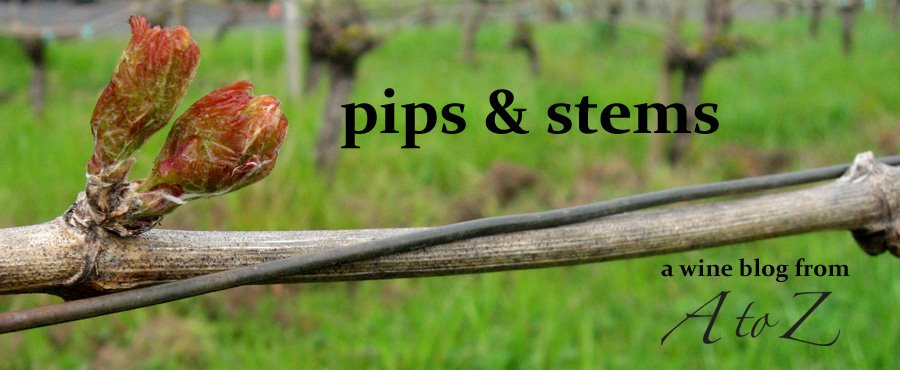
Well, that's the idea, anyway.
Despite our very chilly spring things are beginning to happen in the vineyard. Budbreak is occurring, little leafy buds popping open and greeting the world.
Our muscat group met this morning to get an update from Nadine on the happenings, (with a little help from Billy Jean and Patcha, of course).

Basically, weeding is key for right now. The little weeds clustered around the base of the vines that don’t look like they’d amount to much will be big behemoth monsters in a few weeks. They're easily hoed away at the moment, so Nadine highly recommended weeding under the vines sooner than later. Hoes, shovels, etc… are located in the in the pump house, and when she was through we trucked down there and got dirty.

Rubbing buds and suckering are next up on the to-do list. As we talked about last time the buds that become fruit bearing shoots pop up all over the vine, not just along the nicely tied down canes. So our task is to "rub out" the buds we don't want -- all those along the head, and all but two on the renewal canes. It's scarily easy to snap buds off, and we were strongly cautioned to be careful.
Grapes have compound buds, which means that each bud site will produce three buds -- logically known as the primary, secondary, and tertiary bud. The primary bud is the first one out, (don't you love plant biologists and their reasoning?), and it produces twice as much fruit as the secondary. Normally you never see the tertiary bud, which doesn't produce any fruit at all. However, if you're not careful or if your first two buds get killed off --as has happened in some regions of California this year due to a cold snap-- your tertiary bud will push. The buds really do just sort of pop off with the least bit of pressure so a lot of care is needed or you'll lose fruit before you even have a cluster to look at!

The buds have progressed a lot since our last outing, budbreak really is upon us right now with pretty little leafy redness popping out of our primary buds. Each grape varietal has different shaped leaves and clusters, and the first unfurling of the muscat buds are a particularly gorgeous rust color.

If you're coming out our direction stop in the Rex Hill tasting room on your way and take a peek at our Rogue's gallery to see who's adopted which section of vines!
And, as always, keep up with our latest photos here!




